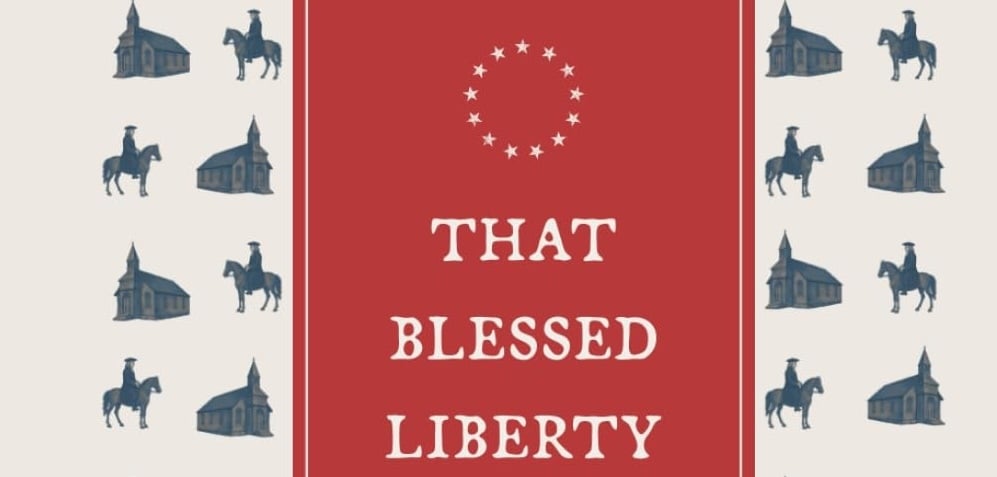Adam Carrington and Miles Smith IV are good friends, former colleagues, fellow adult converts to Anglicanism from other Protestant traditions, and now co-authors. It is their journey into Anglicanism that prompted their newest book, That Blessed Liberty: Episcopal Bishops and the Development of the American Republic 1789-1860. They ask an interesting question: “Could a church whose head had been Britain’s king have utility in a rising republic defined by rebellion against that monarch? The answer is gloriously yes, as illustrated by this story of ten key Protestant Episcopal Church bishops from the Founding until the Civil War.”
Login to read more
Sign in or create a free account to access Subscriber-only content.
Topics:
